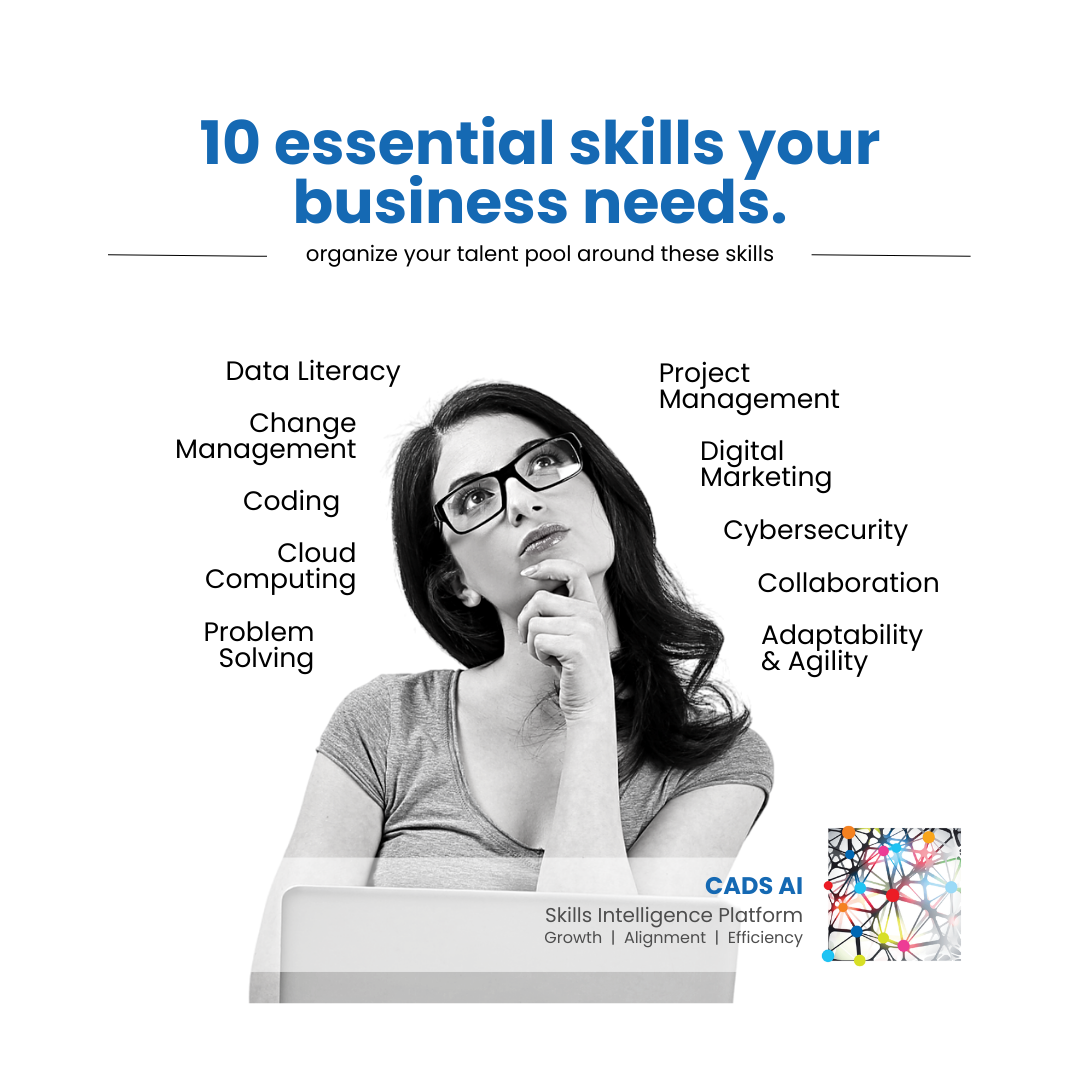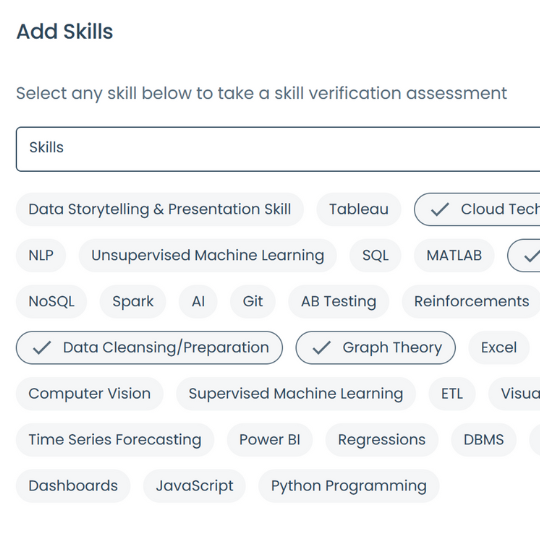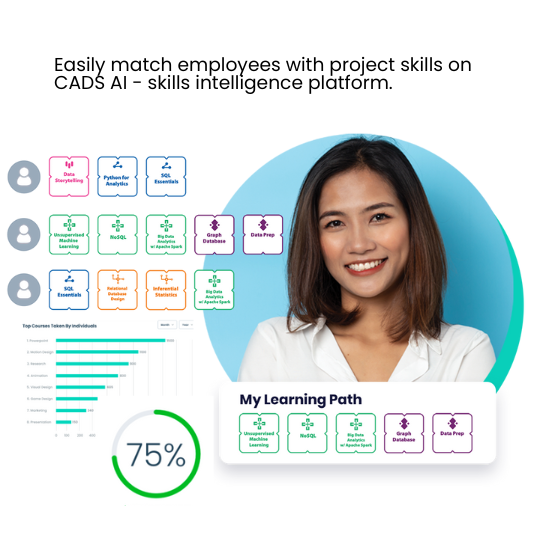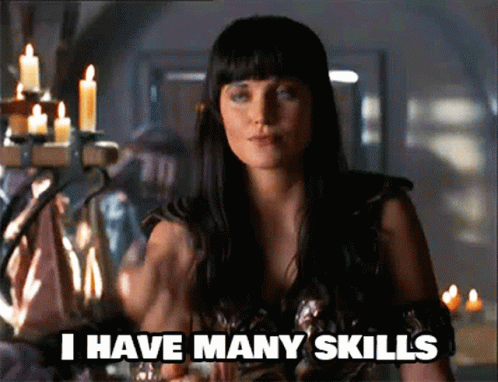Why Skills Mapping is Important for HR Today.
Why you need clarity to drive real change these days.
As businesses evolve, it is important for HR practitioners to have a clear understanding of the skills that their employees have & to be able to adapt to new business challenges or opportunities.
A key point to consider is that the skills that are in demand are changing. What was once a valuable skill may no longer be needed, and new skills may be emerging that are essential for business success.
For example, in the past, it was important for employees to have strong typing skills. But, with the invention of computers and word processing software, typing skills are no longer as essential. Similarly, it was important for some employees to have excel skills, but with the advent of AI and gpt, those those too will fade (if it hasn't already).
Wouldn't you agree that today, it is more important for employees to have strong problem-solving and critical thinking skills rather than say the ability to type really fast or to input numbers on a spreadsheet.
Let's look at why HR functions today need to change their mindset and approaches to be more aligned with the skills a business has and up the value it provides to the organization.

A key concept to consider is that the way work is done has changed. In the past, work was linear, with each employee responsible for a specific task (kinda like a factory line). However, today, work is often done in a more collaborative and cross-functional way mainly due to how tech has evolved the output of each function in an organization.
This means that employees need to be able to work seamlessly with others and to learn new skills quickly and tech very quickly.
HR practitioners of today need to be able to help employees develop these skills and help the business to succeed.
Now, let's dive into what a skills inventory is & why you need to map it.
What is Skills Inventory?
Basically, It's the process of collecting data on the skills that employees has. This data can be done through periodic assessments, surveys, interviews, or other methods. The data collected in a skills inventory can include hard skills, such as proficiency in a particular software or knowledge of specific industry regulations, and soft skills, such as communication and teamwork skills.
What is Skills Mapping?
Once you know what each employee (asset) has, now match them with the right roles. This is more important these days, not utilising employees skills to its potential or even putting them in ill fitting roles will just hurt the organization, not to mention their work output (obviously).
Skills mapping can be used to identify areas where employees need training or development (we call them gaps), and it can also be used to match employees with roles that are a good fit for their skills and experience.

CADS AI - Skills Intelligence Platform
helps people & organizations align skills with business growth.
learn moreWhy is Skills Inventory and Mapping Important for HR?
There are many reasons why skills inventory and mapping are important for HR. Here are a few of the most important reasons:
- Identify gaps
One of the most important benefits of skills inventory and mapping is that it can help identify skills gaps. This information can be used to develop training programs for employees to fill the gaps that are identified.
there are literally millions of training programs out there, but how would you know if it had a change impact other then getting a response from the employee that said "yeah it was beneficial to me".
- Match to the right roles
Skills inventory and mapping must match employees with the right roles. This ensures employees are using their skills to their full potential and that they are in roles that they are interested in and that they are good at rather than a round table assigning on tasks (will kill morale instantaneously, if not done right).

- Track Employee Development
To track employee overall development and career progress. This information can be used to see how employees are progressing in their careers and to identify any areas where they may need additional training or development.
- Plan for Growth
By understanding the skills that your prized assets have, HR professionals can better identify the skills that will be needed in the future. This information can be used to laser focussed develop training and development programs to help employees develop the skills that will be needed for future roles.
most L&D plans out there are modular, this is not effective as everyone has different challenges, find solutions that offer custom paths and experience.
- Support Succession Planning
You can better identify potential successors for key roles, these are not necerailly focussed towards senior leadership only, (think of "key-man" functions too like a key team leader for a long term project). This information can be used to develop training and development programs to help employees develop the skills they need to be promoted into key roles.
How to Conduct a Skills Inventory and Mapping Exercise
There are a number of different ways to conduct a skills inventory and mapping exercise. Here are some general steps that can be taken:
- Define the Scope of the Exercise: The first step is to define the scope of the exercise. This will involve determining which employees will be included in the exercise and which skills will be assessed.
- Collect Data: The next step is to collect data on the skills of the employees who are included in the exercise. This data can be collected through surveys, interviews, or other methods.
- Analyze the Data: Once the data has been collected, it needs to be analyzed. This involves identifying skills gaps and matching employees with the right roles.
- Develop a Plan of Action: Once the skills gaps and matches have been identified, a plan of action needs to be developed. This plan should outline how the skills gaps will be addressed and how employees will be matched with the right roles.

Conclusion
Skills inventory and mapping are important tools that can help HR professionals to better manage their organizational skills inventory. By conducting a skills inventory and mapping exercise, HR professionals can identify skills gaps, match employees with the right roles, track employee development, and plan for growth.
CADS AI
CADS AI is a HR tech solution that helps companies align their employee skills with organizational growth. CADS AI can help you to create a skills inventory, map skills to roles, and identify skills gaps. CADS AI can also help you to develop training programs to address skills gaps.
A valuable tool for HR professionals who want to better manage their organizational skills inventory. CADS AI helps you make better decisions about hiring, training, and development & improve employee engagement and retention.
If you are looking for a way to better manage your organizational skills inventory, then CADS AI is a great option. Learn more about CADS AI

#skills inventory #skills mapping #HR #growth #successionplanning #digitaltransformation #skillsintelligence #platform #leaders





